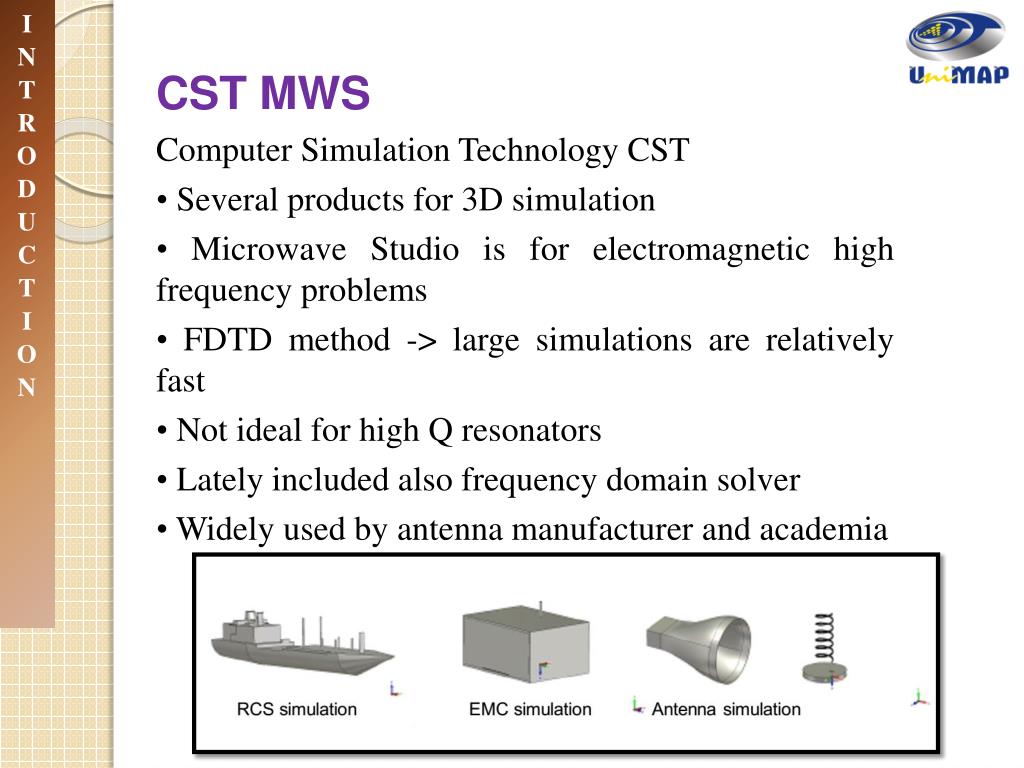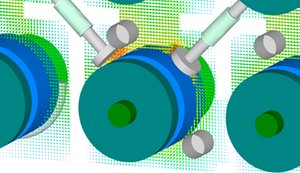

The optimized EM-validated design solution can be reached at a low computational cost, which is a considerable improvement over existing approaches. Application of the constructed surrogate model for rapid design optimization of a compact on-chip inductor is demonstrated. The reported method is useful for the development of broadband and highly accurate data-driven models of integrated inductors within a practical timeframe, especially in terms of the computational expense of training data acquisition. This work presents a reliable surrogate modeling technique combining low-fidelity EM simulation models, response surface approximations based on kriging interpolation, and space mapping technology. High-performance and small-size on-chip inductors play a critical role in contemporary radio-frequency integrated circuits. In particular, the results indicate that relative parameterization is preferred for optimization of input characteristics, whereas absolute parameterization is more suitable for size reduction. Our investigations are carried out using three broadband monopole antennas optimized under different scenarios and using different parameterizations. This paper demonstrates that the approach to arranging the structure parameterization (e.g., the use of absolute or relative parameters) may have a major effect of the optimization outcome. At the same time, these issues are interleaved, and may play an important role in the performance and reliability of the simulation-based design closure process. From the numerical perspective, making decisions about the formulation of the optimization problem, the approach to handling the design constraints, but also parameterization of the antenna geometry, are all non-trivial. It is a challenging endeavor with the major issues related to the high computational cost of the process, but also the necessity of handling several objectives and constraints over often highly-dimensional parameter spaces.

From the reliability standpoint, the recommended realization of EM-driven design is through rigorous numerical optimization. The performance is shown to be superior in terms of efficacy over both local algorithms and nature-inspired global methods.ĪbstractFull-wave electromagnetic (EM) simulation tools have become ubiquitous in antenna design, especially final tuning of geometry parameters. The presented technique is illustrated using three microstrip circuits optimized under challenging scenarios, and demonstrated to exhibit global search capability while maintaining low computational cost of the optimization process of only about one hundred of EM simulations of the structure at hand on the average. Our methodology incorporates a response feature technology and inverse regression metamodels to enable fast identification of the promising parameter space regions, as well as to yield a good quality initial design, which only needs to be tuned using local routines. In pursuit of mitigating the high-cost issue, this paper proposes a novel algorithmic approach to rapid EM-driven global optimization of microwave components. This becomes a serious bottleneck especially if global search is required (e.g., design of miniaturized structures, dimension scaling over broad ranges of operating frequencies, multi-modal problems, etc.).

To ensure reliability, the optimization process is normally carried out using full-wave electromagnetic (EM) simulation tools, which entails significant computational overhead. AbstractSimulation-based optimization of geometry parameters is an inherent and important stage of microwave design process.


 0 kommentar(er)
0 kommentar(er)
